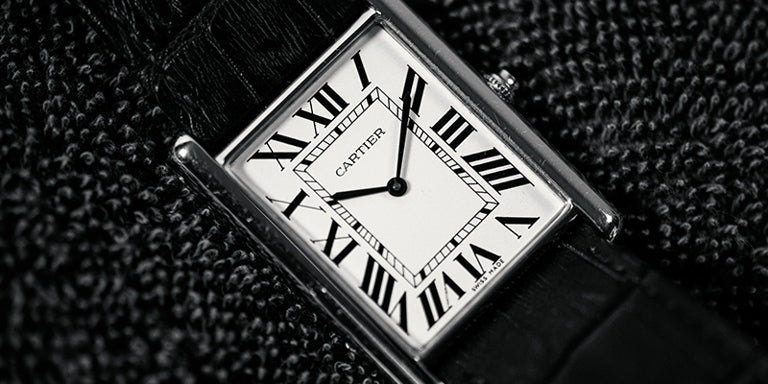Cartier Watches, Brand History
The jewellery elite
Once known as the jeweller to kings and the king of jewellers, Cartier is now known simply as Cartier.
The company began by offering custom-made jewelry and watches.
Today, it has flourished as one of the world's most highly regarded watch manufacturers.
Cartier watches are not only symbols of luxury and sophistication, they are also a part of history.

In 1847, Louis-François Cartier founded his eponymous brand in Paris, France.
In the early days, Cartier built the company's reputation on catering to the luxury desires of the elite.
After decades of building the brand, Cartier brought his sons and later his grandsons into the business.
Cartier brought his sons and then grandsons into the business, bringing fresh perspectives and broadening the brand's scope.
Cartier Watches: Establishing a Presence in Watchmaking
As the 20th century began, Cartier created one of its most important creations to date.
In 1903, Cartier designed its first men's wristwatch.
Cartier created this timepiece specifically with the needs of pilots in mind.
The inspiration came from aviation pioneer Alberto Santos-Dumont, Cartier's close friend and the man after whom the watch is named.
This watch, characterized by its flat shape and square bezel, was named "Santos."

Just four years later, in 1907, Cartier began a partnership with Edmond Jaeger of the famous watchmaking company Jaeger-LeCoultre.
Jaguar agreed to become the exclusive supplier of Cartier watch movements, and at this time the brand was gaining momentum and popularity.
That same year, boutiques opened in London, New York and St. Petersburg.
As its global presence grew, the company began to emerge as one of the most successful watch companies in the world.
Sustained success in the 20th century
The early 1900s was also a time when Cartier introduced some of the brand's iconic models.
In 1912, Cartier introduced the first "Baignoire" and "Tortue".
Then in 1917, Cartier introduced the original Tank.
By the 1920s, Cartier had become so successful that other companies began to copy its watch designs.
In response, Cartier began to give their watches reference numbers.

In the second half of the 20th century, Cartier faced great changes.
After the death of Louis-François Cartier's grandson Pierre in 1964, the surviving family decided to sell the family business.
In 1972, a group of investors led by Joseph Kanui bought the company.
In the years following the acquisition, Cartier continued to be a leader in the watchmaking industry.
In the 1980s, Cartier continued to expand its collections and stay ahead of the competition.
The company released its first Pasha in 1985, and debuted the Cartier Tank Française in 1996.
Cartier's influence today

Even in the 21st century, Cartier continues to grow.
The Roadster was released in 2002.
In 2004, the Santos 100 was released to commemorate the 100th anniversary of the Santos 100.
For over 150 years, Cartier has maintained an unparalleled reputation in the watch industry.
His unique aesthetic and commitment to excellence have earned him the respect of his peers and collectors alike.
